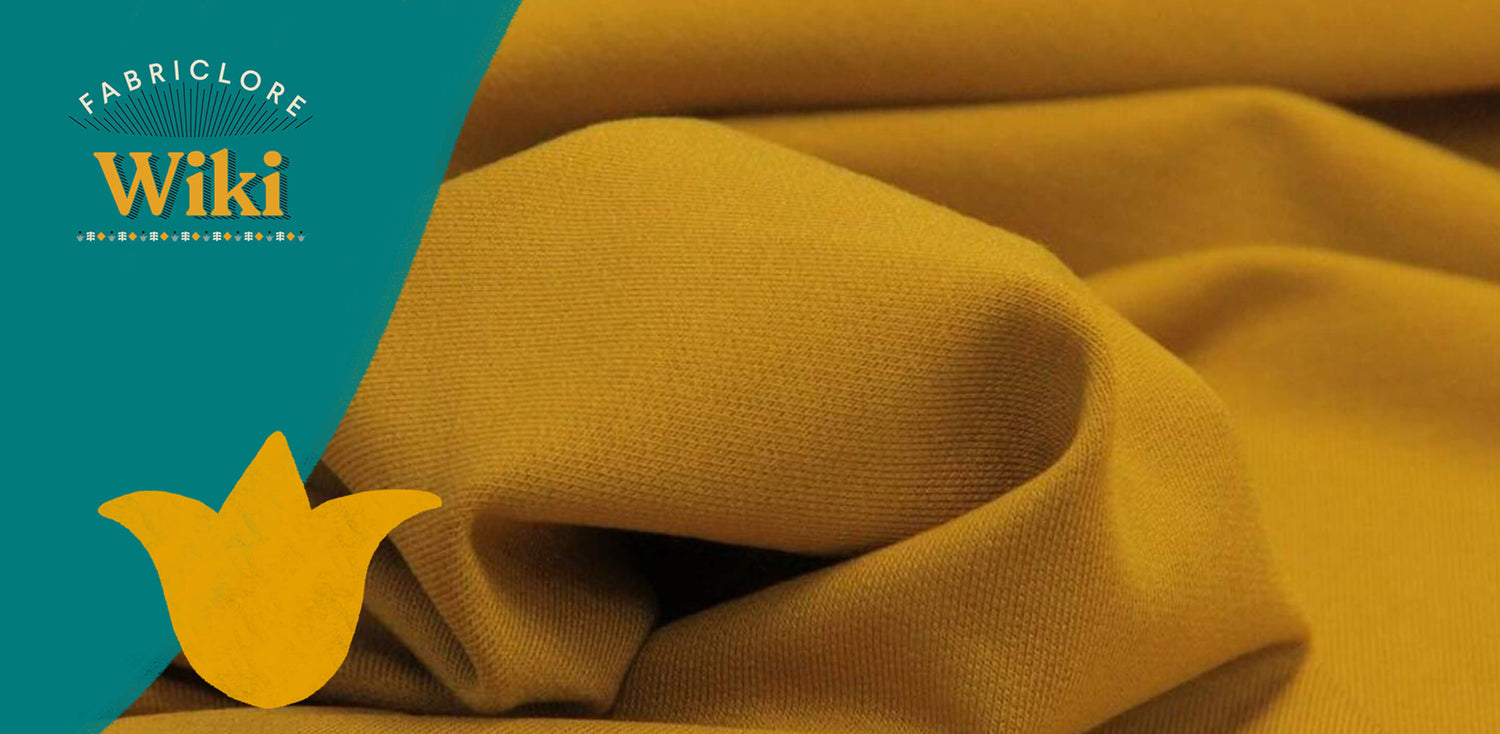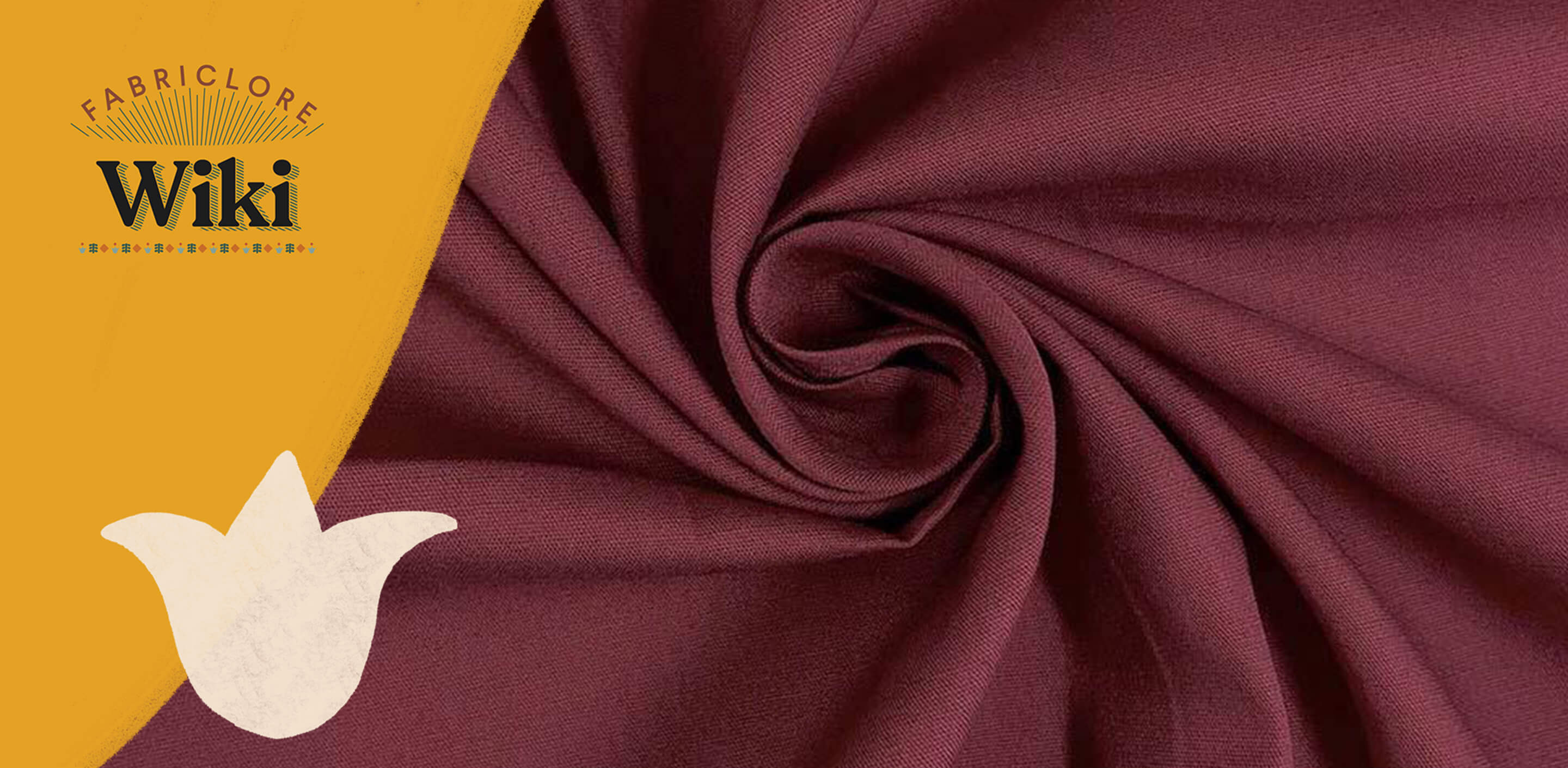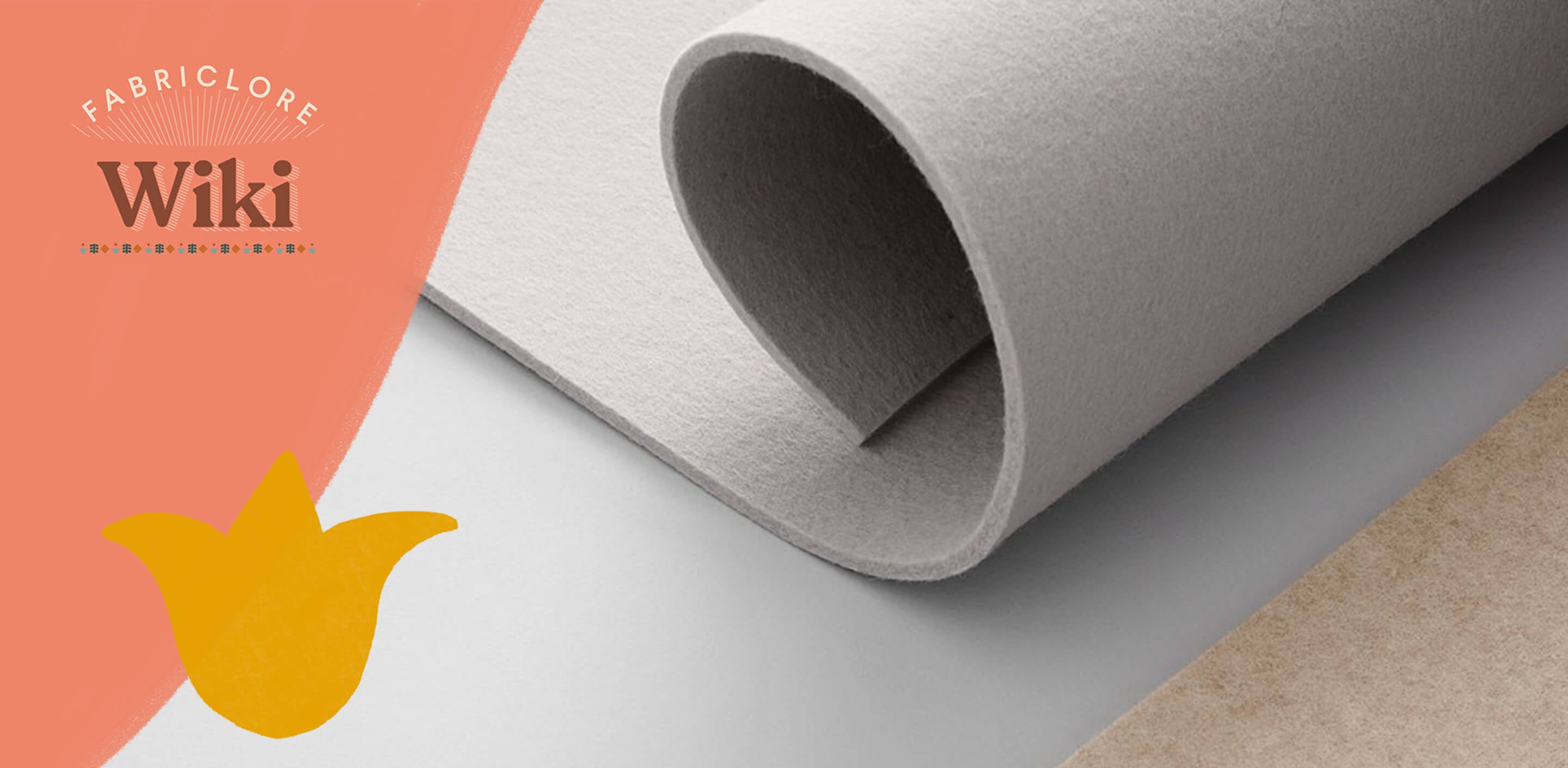What Is Terry Cloth ?
- The process by which terry fabric is manufactured is rather distinctive. The ground warp is responsible for the creation of the foundation fabric, and the pile warp is responsible for the creation of the uncut loop piles that stand up on top of the base fabric. This kind of fabric is woven with the assistance of two warp beams.
- You may get this looped pile in a variety of heights and thicknesses, depending on whether you like a softer, more sumptuous feel or a less thick, more breathable feel. This is because the looped pile is made up of individual loops. It goes without saying that the larger the pile and the denser the loops, the greater the absorbency.

Types of Terrycloth
|
Towel Terry |
It's safe to say that towel terry dominates the market for terry cloth in terms of popularity. The weaving processes are used in the production of towel terry, which has a consistent hand on both sides of the cloth. These loops are often on the longer side since they were created to have the greatest possible absorbency. |
|
French Terry |
French terry, in contrast to towel terry, has two very different sides: one side is smooth and flat, while the other side has the traditional "looped" terry sensation. |
|
Terry Velour |
Terry velour is a fabric that is comparable to French terry in that one side of the fabric is smooth and flat, while the other side has a texture that is comparable to that of classic terry cloth. The smooth side of terry velour, on the other hand, looks and feels like sumptuous velvet and is often plusher than both towel terry and French terry. This is the primary distinction between the two types of terry. |
History
- The term "terry" derives from the French word "tirer," which means to draw out. This is a reference to the pile loops that were taken out by hand in order to manufacture absorbent traditional Turkish toweling.
- The Manchester Textile Institute's research led them to the conclusion that the original terry weaving was probably the consequence of faulty weaving that took place in Turkey, most likely in Bursa City, which is known as a historic textile center.
- The fabrication of woven textiles using terry weaving is regarded to be a later development in the history of woven fabrics.
- There are still some people who refer to terry toweling as "Turk Fabric," "Turkish Toweling," or "Turkish Terry."

What Makes it Stand Out?
|
Texture |
Terrycloth is soft in touch and has a loop-like texture. |
|
Fall |
It is strong and easily drapable |
|
Sheer |
It is opaque in appearance. |
|
Strength |
The fabric is stronger when it is wet. |
Applications & Usage
|
Clothing |
Shirt, dresses, baby outfits, bath robes, etc. |
|
Accessories |
kitchen gloves, potholders, etc. |
Care Instructions
- Applying Stain Solution or using the Wash & Stain Bar to pre-treat stains is recommended.
- To get rid of any lingering smell, presoak the item for half an hour in a mixture of hot water and a quarter cup of scented vinegar.
- In order to get the most thorough clean possible out of terrycloth, run it through the regular wash cycle with some light detergent and hot water.
- Lint is produced by terrycloth; wash it with colors that are similar and keep it apart from other garments.
- It is recommended that one capful of All-Purpose Bleach Alternative be added to each load during the wash cycle. This will help to preserve the whiteness and brightness of the load.
- Fabric conditioner should be used in every other wash in order to maintain the softness of clothes, eliminate static cling, minimize wrinkles, and make ironing easier.
- Do not use it for towels since fabric softeners and conditioners make the towels less absorbent.
- Terrycloth is able to tolerate being tumble dried at high temperatures. This is the ideal cycle to use for drying terrycloth.
- Remove items from the dryer while they are still wet or line dry them to minimize the appearance of creases.
- In the event that it is necessary, use steam to eliminate creases. Never iron, since this will cause the natural pile to get crushed or flattened.

We also happen to be a magnet for suggestions, and would love to catch yours….throw us yours on hello@fabriclore.com




